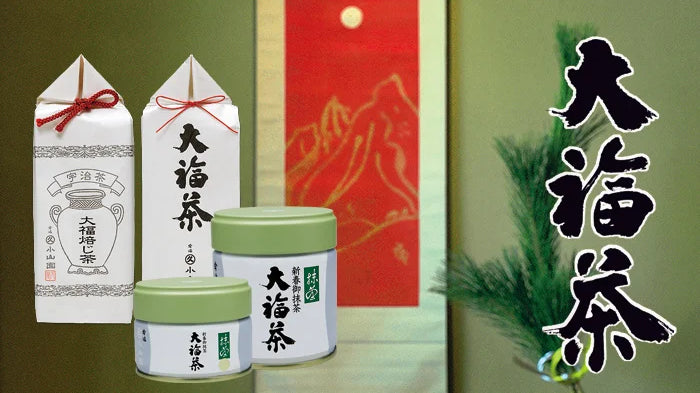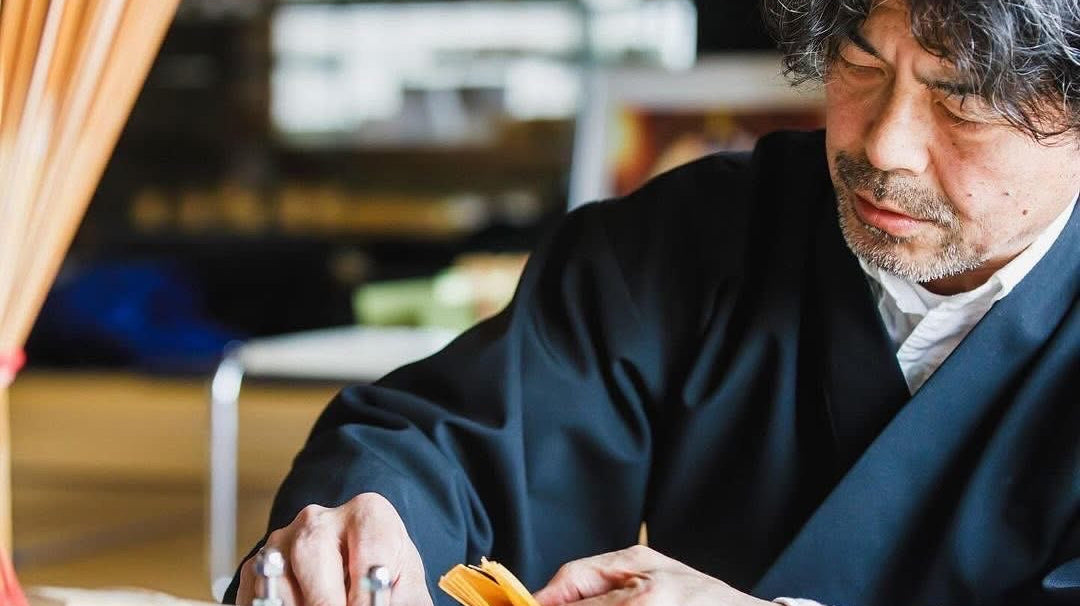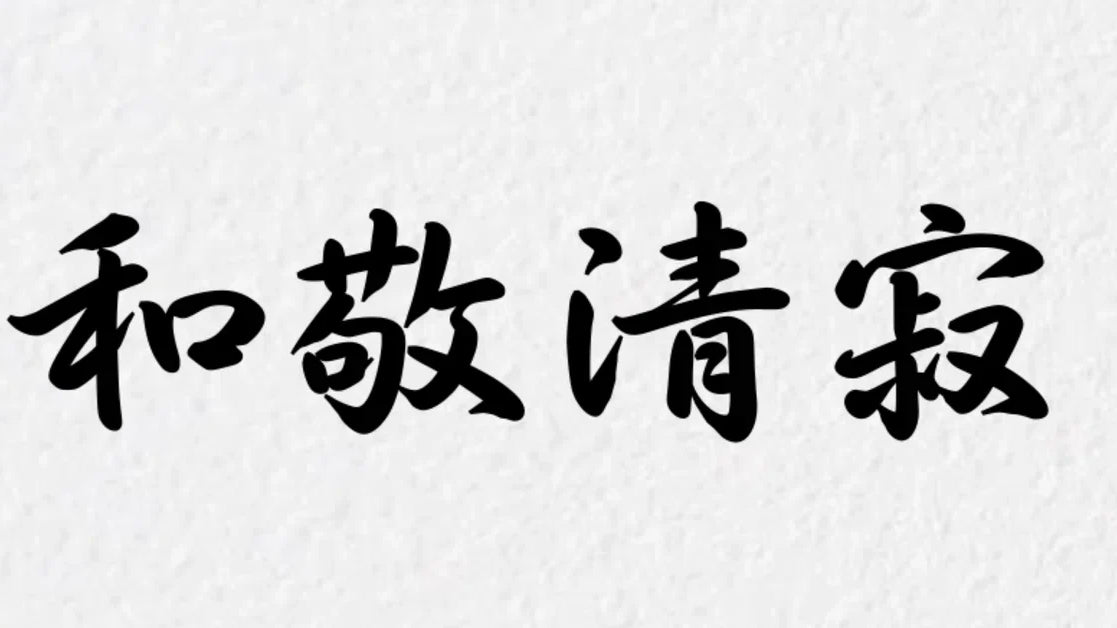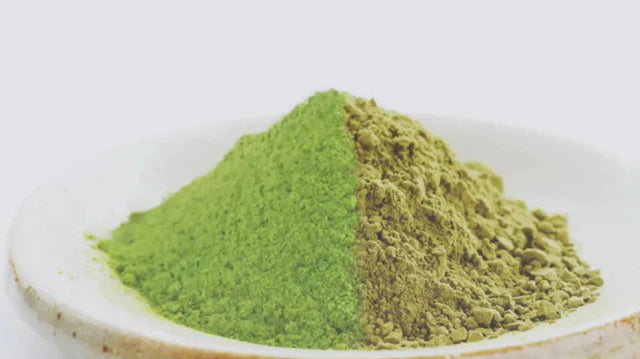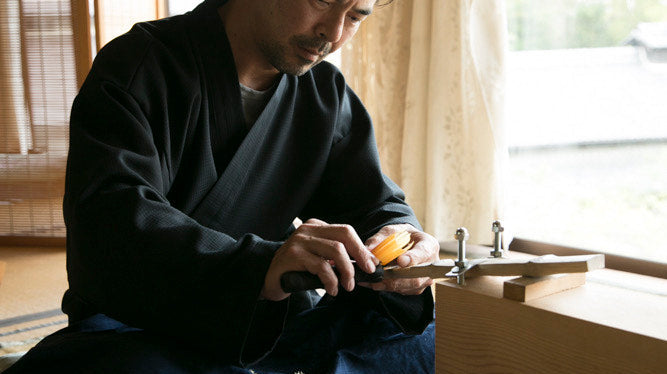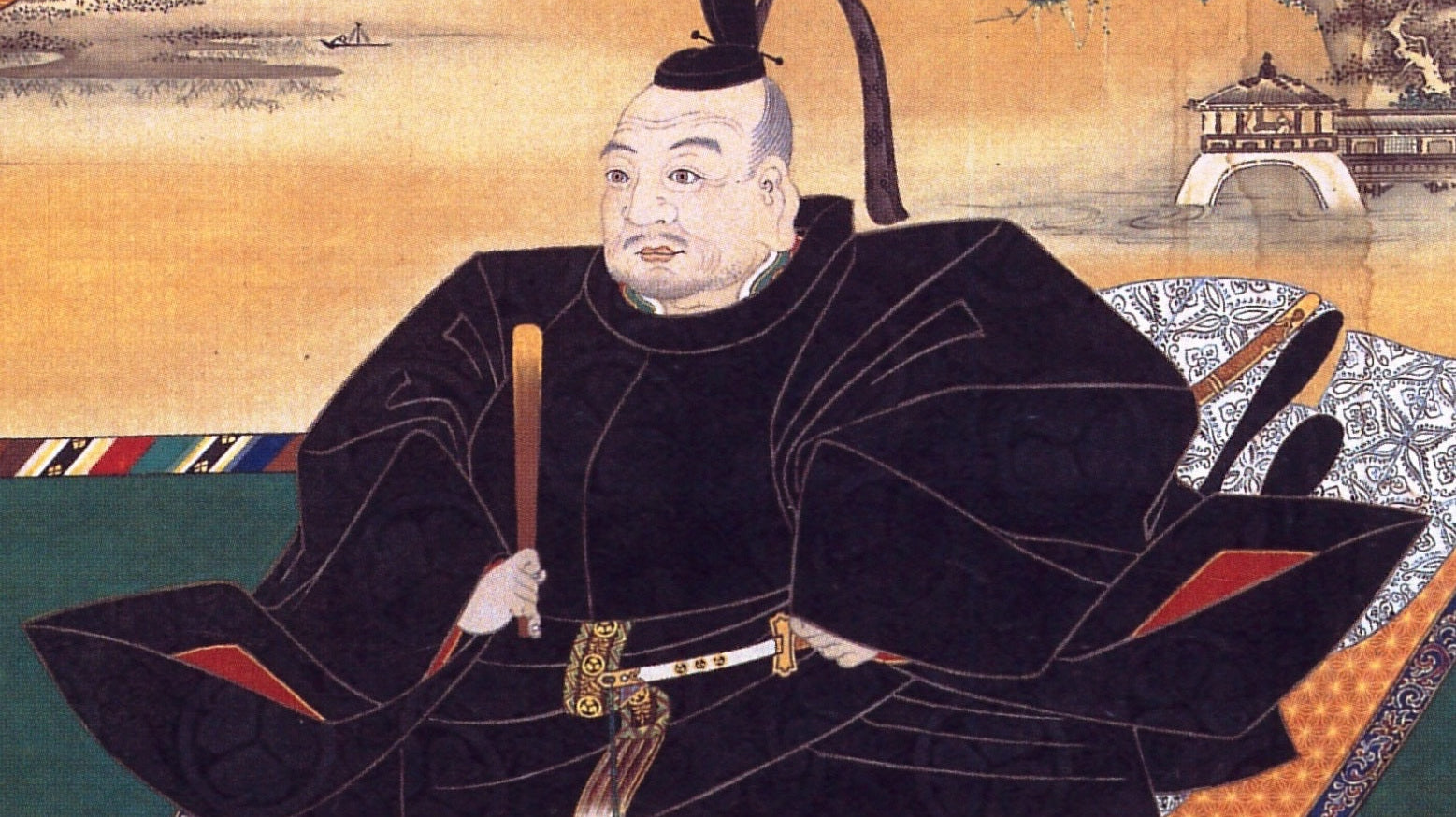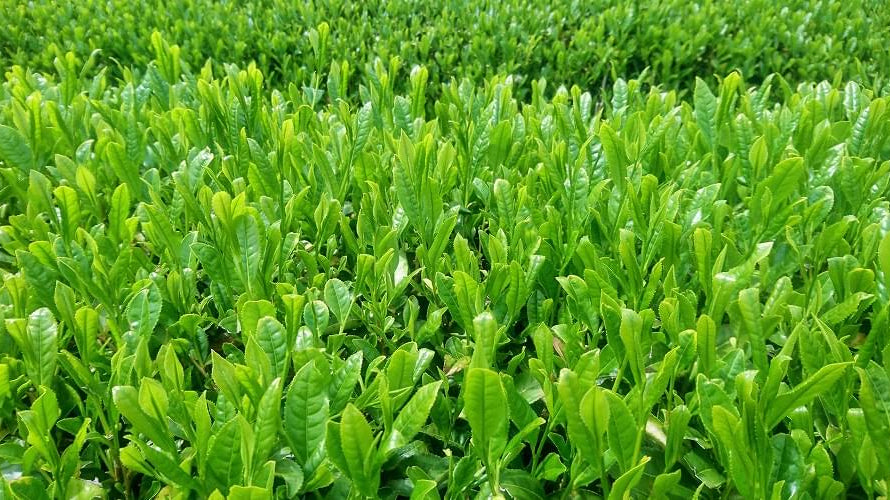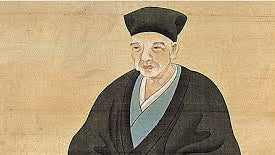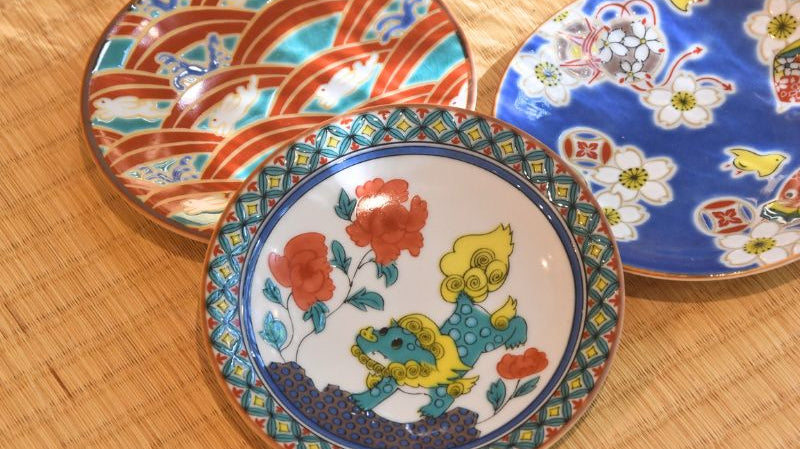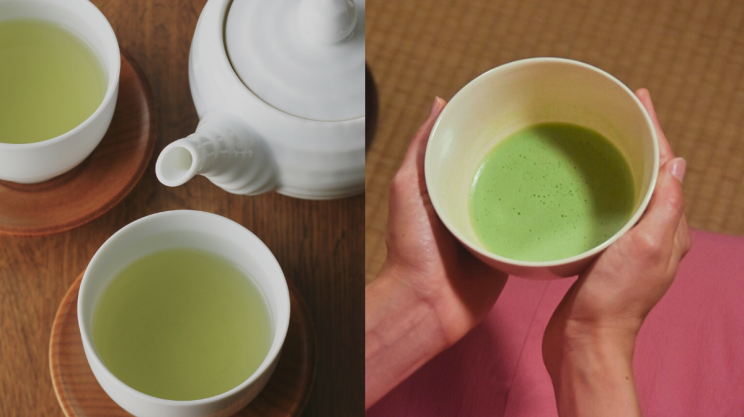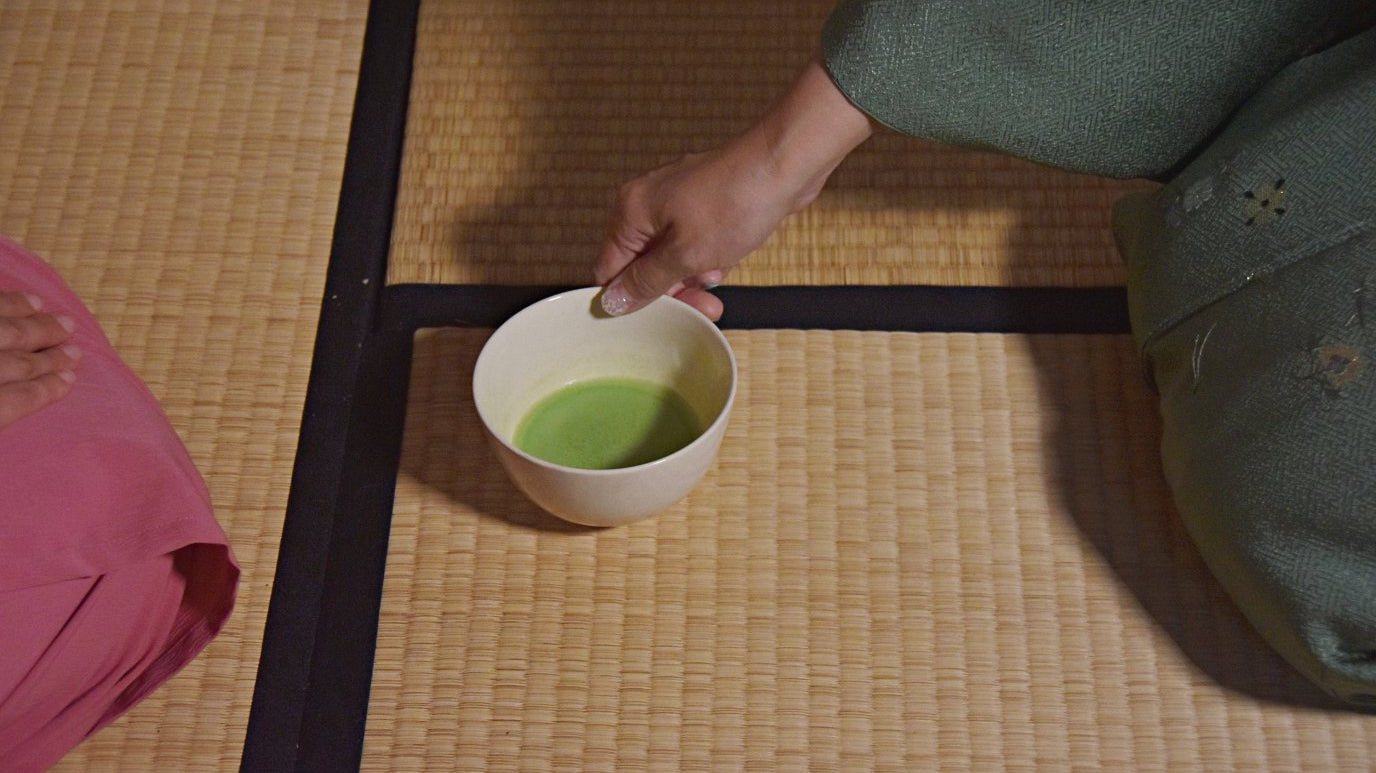Start the New Year the Japanese Way — with Obukucha (Lucky Tea)
In Japan, the New Year is not just a date on the calendar — it’s a moment of renewal.Because Japan has four distinct seasons, people have long celebrated the changing...
500 Years in His Hands: The Extraordinary Craft of 20th-Generation Chasen Master Tanimura Tango
Meet Tanimura Tango: 20th-Generation Master of a 500-Year Tea Whisk Legacy In the quiet mountain village of Takayama in Nara—where bamboo forests sway with centuries of history—stands a family that...
Upholding the True Spirit of Matcha — As an Official Retailer of Marukyu Koyamaen —
Introduction At Nara Tea, our mission has always been to share the authentic heart of Japanese tea culture with our community here in the United States. As an official retailer...
How to Keep Matcha Fresh – Color, Flavor & Storage Tips
The Freshness, Color, and Flavor of Matcha – How to Store It Properly at Home Matcha is more than a powdered green tea — it’s a living expression of freshness,...
Meet Master Chasen Artisan Tango Tanimura – West Coast Tour 2026
We are honored to announce that Master Chasen Craftsman, Tango Tanimura, will be visiting the U.S. West Coast in May–June 2026 for a series of special events, including lectures and...
The Shogun’s Matcha: “Baba Mukashi” by Kanbayashi Shunsho
A Legacy Rooted in Uji and Honored by the Shogun In the heart of Japan’s sacred tea region, Uji in Kyoto, stands Kanbayashi Shunsho Honten—the oldest surviving tea house in...
The Magic of Tsubokiri – Japan’s New Tea Year Begins
Imagine the gentle scent of freshly opened matcha filling a quiet tea room in Kyoto.Every November, tea masters in Japan celebrate Tsubokiri (壺切) — the opening of the aged tea...
The Rarity and Beauty of Organic Matcha — “Tenko” & “Shingetsu”
In Japan, truly organic matcha is remarkably rare.Less than 10% of all matcha produced in Japan comes from certified organic tea fields.Cultivating organic tencha—the shaded tea leaves used for matcha—requires...
Sen no Rikyu and Urasenke — The Spirit Behind Matcha
If you love matcha lattes or Japanese tea, you’ve probably tasted a bit of the world that Sen no Rikyu helped create over 400 years ago.He was a tea master...
Kutani Ware – 350 Years of Tradition and Everyday Beauty
The History of Kutani Ware Kutani Ware is one of Japan’s most celebrated porcelains, born in the 17th century in Ishikawa Prefecture. In 1655, the Maeda clan of the Kaga...
Green Tea vs. Matcha: What’s the Difference?
If you love Japanese tea, you’ve probably heard both words—Sencha (green tea) and Matcha. But are they the same thing? At Nara Tea, we often meet customers who wonder why...
What is Chanoyu?
A Reflection on the Way of Tea At Nara Tea, we are often asked: What is Chanoyu? Some call it “tea ceremony,” but this translation only captures a fraction of...

